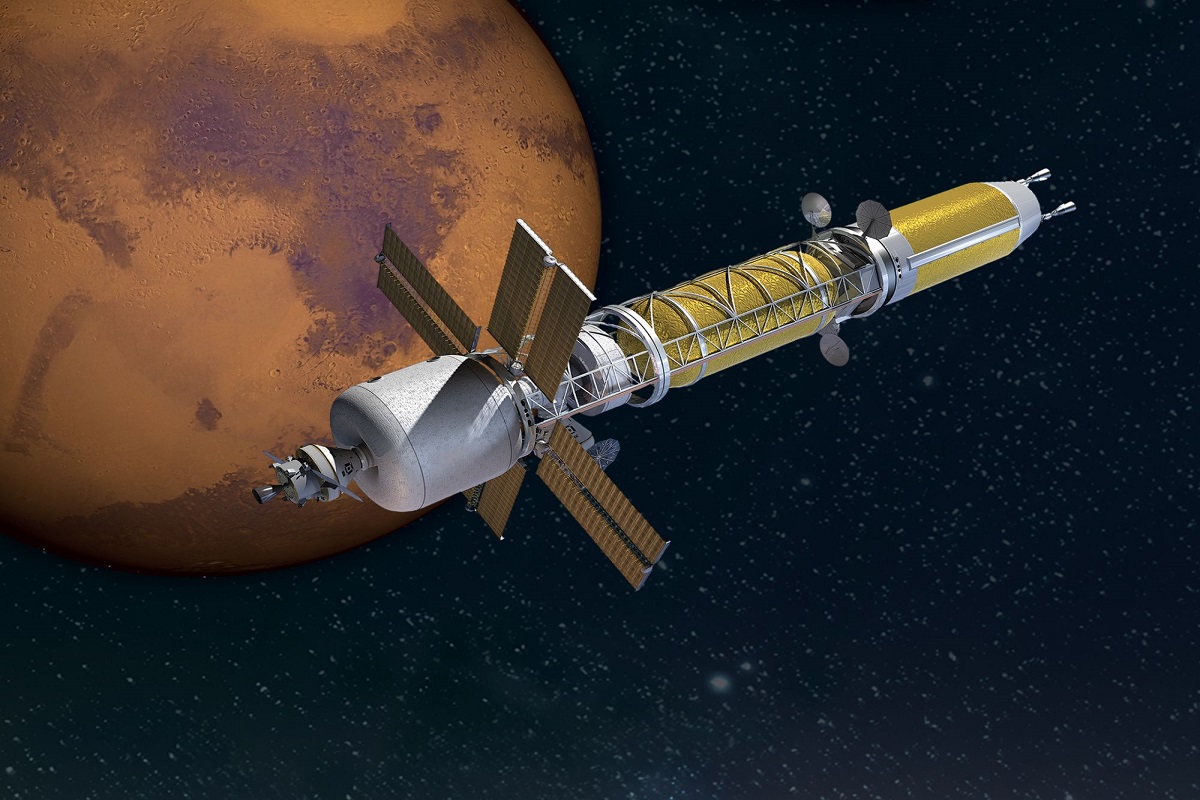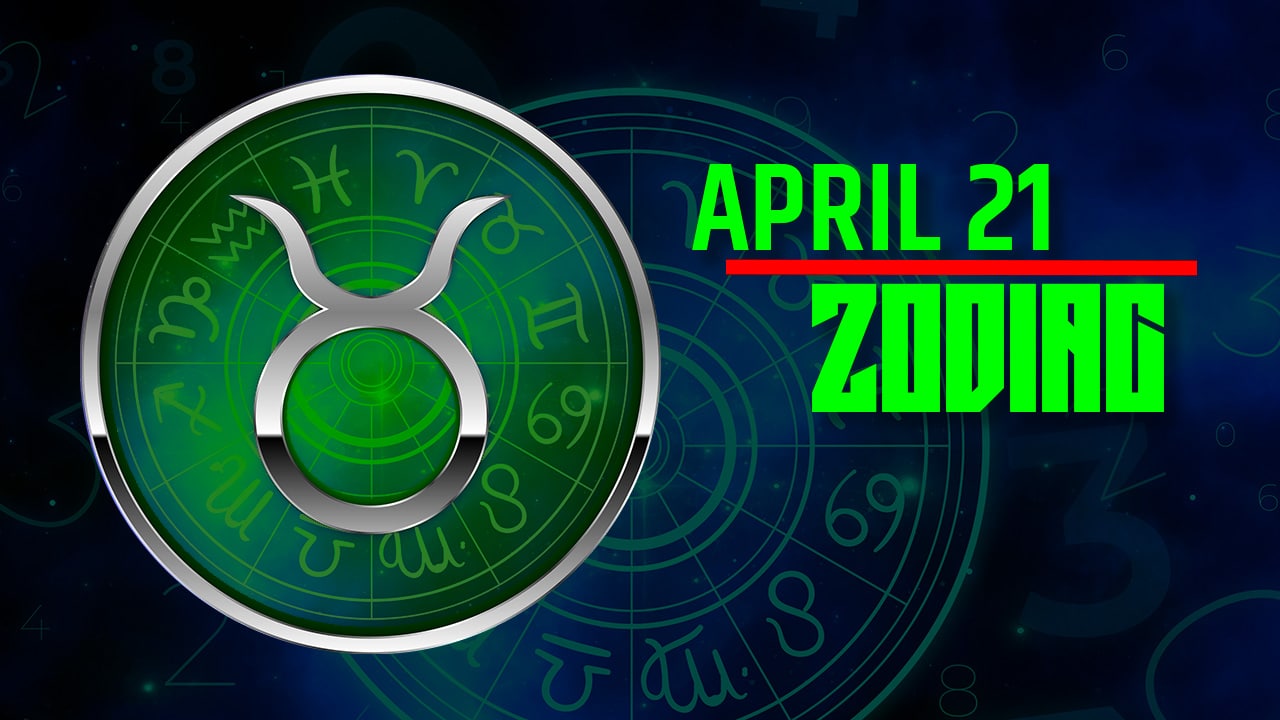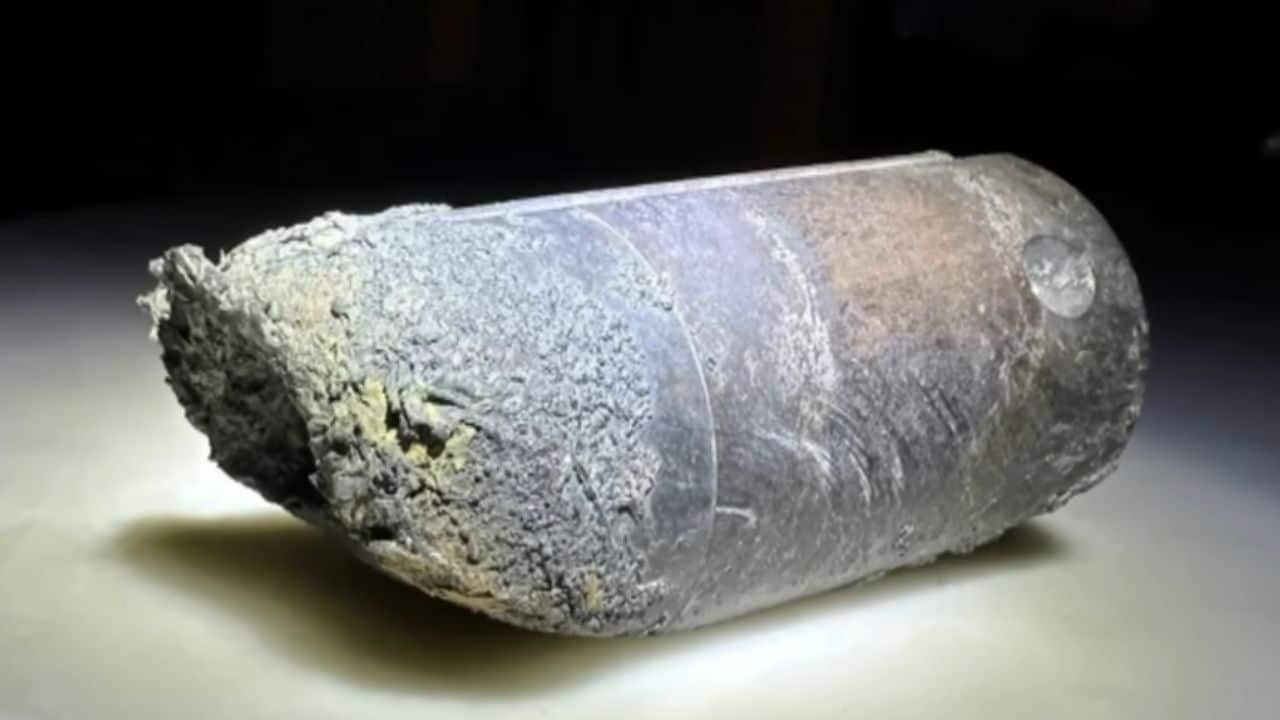Listen to Podcast:
The improvement in technology has been known for a long time to be important for long-distance missions, such as a trip to Mars with people on board. NASA’s top official said that the country plans to test a spacecraft engine powered by nuclear fission by 2027.
This is seen as an important step forward for long-distance missions like sending people to Mars.
NASA and the US military’s Defense Advanced Research Projects Agency (DARPA) will work together to build and launch the nuclear thermal propulsion engine, NASA administrator Bill Nelson said on Tuesday. Demonstration Rocket for Agile Cislunar Operations, or DRACO, is the name of the project.
Nelson said in a statement, “With this new technology, astronauts could travel to and from deep space faster than ever before. This is a major step toward preparing for crewed missions to Mars.”
The announcement comes in the middle of a new nuclear space race between the US, Russia, and China. All three superpowers are working to increase their nuclear space capabilities, which could be used to propel spacecraft and power colonies on the moon, among other things.
A fission reactor is used to create very high temperatures in a nuclear thermal rocket engine. NASA says that the heat is then sent to a liquid propellant, which “is expanded and pushed out of a nozzle to move the spacecraft.”
The agency says that a nuclear thermal rocket can be three or more times more effective than a chemical rocket.
This means that a spaceship that is powered by nuclear fission could get to its destination faster and put astronauts in less danger. The technology could also give instruments and communication systems on board more power.
According to the World Nuclear Association, an industry group, the US has long used the heat given off by radioactive material as a source of energy for its space work.
The country hasn’t used nuclear fission, which creates energy by splitting apart atomic nuclei, on spacecraft, in part because it’s hard to control the very high heat that comes from the process.
The International Atomic Energy Agency (IAEA) has been saying for a long time that nuclear thermal propulsion is a key part of going further into space.
Mikhail Chudakov, the IAEA’s deputy director general and head of its Department of Nuclear Energy said in February 2022, “Nuclear technology has long been a key part of important space missions.”
“But in the future, nuclear-powered systems could be used for a much wider range of missions. Through the atom, we can get to the stars.”
Under the agreement between NASA and DARPA, NASA’s Space Technology Mission Directorate will be in charge of the technical development of the nuclear thermal engine. This engine will eventually be put into an experimental military spacecraft.
The last nuclear thermal rocket engine tests in the US stopped in the 1970s, the agency said.
Stefanie Tompkins, who is in charge of DARPA, praised the plans to make the “leap-ahead” advance in a statement.












































